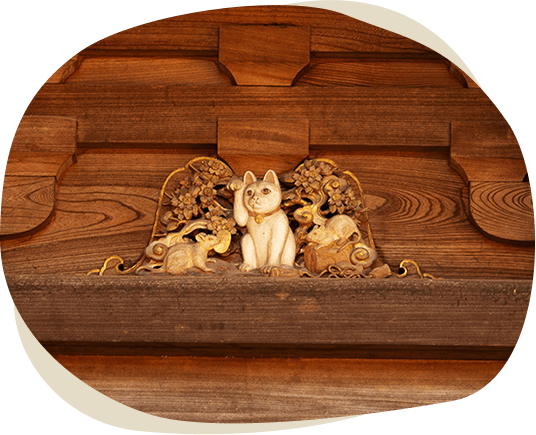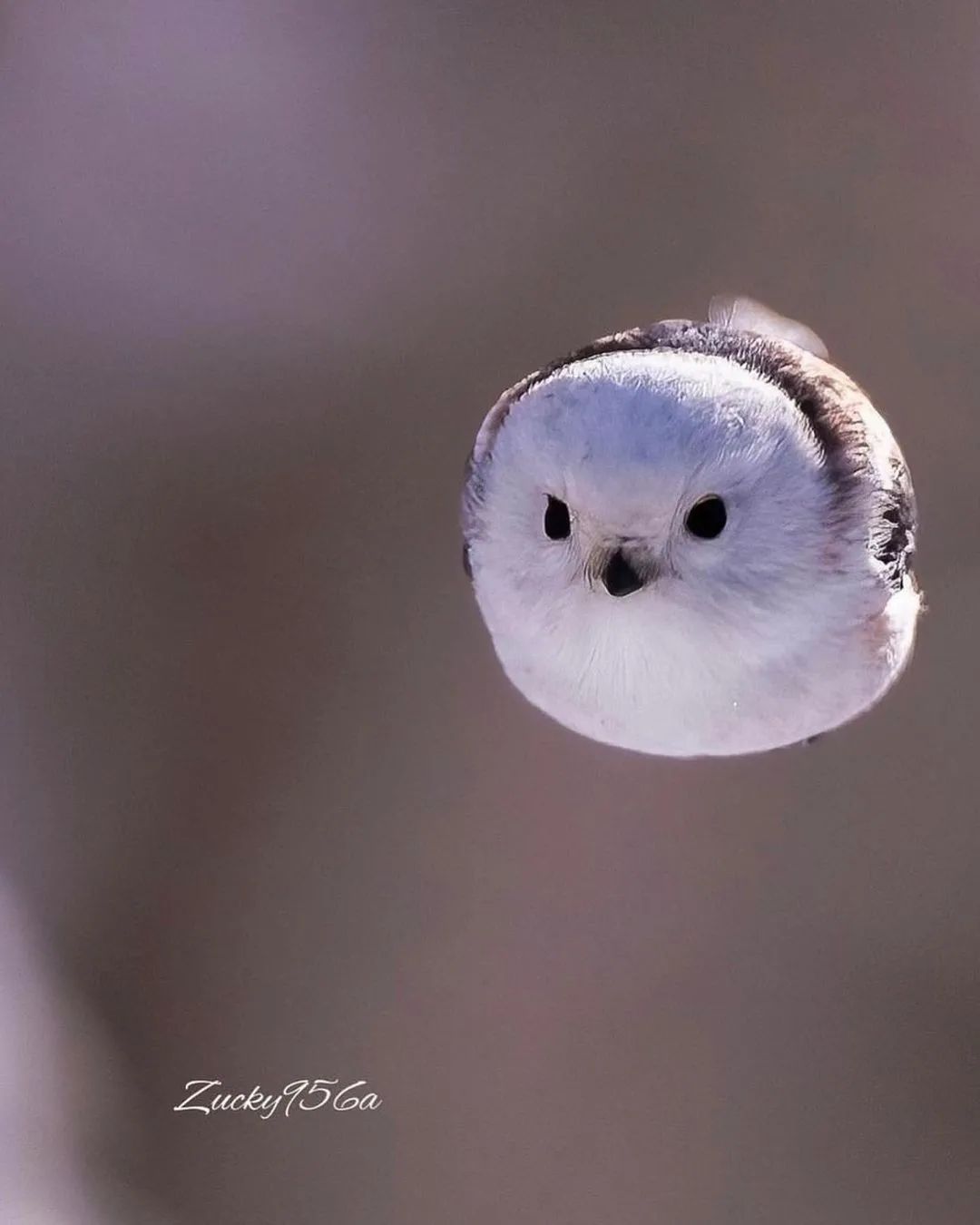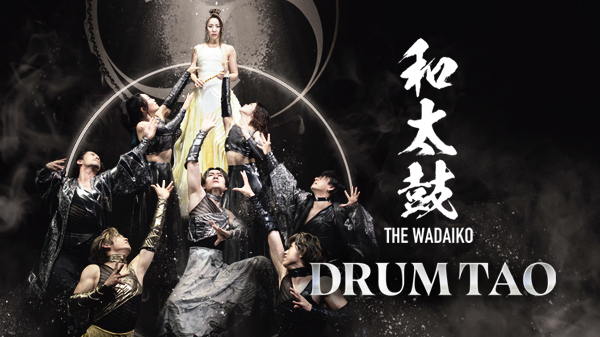Today we first braved Akihabara to visit Yodobashi and Book Off, looking for some books (Japanese in-depth strategy guides for games) and possibly a Pikachu rolling suitcase. We found all of the former we were looking for (and by "we", I mean "me") but the suitcase was just too small for what we needed it to do, which is fit our new tachi-okedo stand. We ended up finding a non-pikachu one (though with the same blinding yellow color) in of all places, Don Quixote (henceforth referred to as Donki).
Donki, as we have mentioned before, is a 24 hour three story tourist trap from hell. But the prices are good, you can purchase tax-free if you choose, and they actually have some good and useful stuff buried amongst the fake throwing stars and ninja outfits. The problem is the other customers. Mostly tourists, mostly asian, mostly obnoxious. It seems to attract the worst type of Chinese tourist, even worse than the typical American tourists (says an American tourist). So we kind of avoid it unless there's something we need. Well, we were getting desperate for a suitcase. We tried looking in Ameyo (America Yokocho), but the very pushy Indian salespeople turned us off so much, we weren't going to buy from them, even though it was cheaper. As it was, we found one just big enough to handle the stand and it came in three colors: Midnight Black, Navy Blue, and Ridiculous Yellow. So we now own a very yellow suitcase, which makes it easy to spot at baggage claim.
We did all this today so we could get back and get cleaned up before heading out to the Yasukuni Shrine this evening for the start of the Mitama Festival. The festival is an Obon, a festival to honor deceased ancestors, and features a lot of dancing (more on that later). It also has a number of processions throughout the event, including mikoshi (portable shrines), Awa Odori dancers, and Nebuta floats (illuminated paper floats). This festival also features over 30,000 votive lanterns that line the way from the torii entrance to the shrine itself. It is one of the most popular festival in Tokyo and draws over 300,000 people.
We got there a little early to sample some of the food stalls and get a look at the shrine itself before the mikoshi processions began. The first thing we stumbled upon when we got there was some taiko!
 |
| Portable stand for the procession |
It was one of the procession groups playing their songs for the audience. All those lanterns you see behind them will be lit up a little later on. We headed to the main plaza where there was a large gazebo with some more taiko that would be where the Obon dancing would happen. Next to the plaza were the food stalls. Traveler's Tip: Eat before you go to a festival. We opted for "long potatoes" and a chicken wrap (very traditional, I know). "Long Potatoes" are long french fries.
 |
| Edible. |
While we were looking around, they were playing some pretty bad Japanese pop songs from the 70's over a tinny loudspeaker that looks like it came from the set of M*A*S*H. One in particular, which somehow has become a staple of Obon, is ビューティフル・サンデー, Beautiful Sunday, originally by British singer Daniel Boone, this one by Seiji Tanaka
The original has real drums and is shorter, so it is better, in my opinion. The video is bad, even for 1972.
The shrime was filling up with people as the Obon dancing was about to start
 |
| The shrine was decorated with oversized Teruteru bouzu |
 |
| The main procession path, now filled with attendees |
 |
| Covering the taiko for the night in high-tech cases |
 |
| We need a blanket like this for our odaiko |
As the dancing began, I was struck by three things
- There are a lot of different Obon dances. All to the exact same beat.
- These were all counter-clockwise Obon.
- They did not stop dancing, even when the mikoshi procession started
 |
| Taiko players rotated in and out, keeping the same beat going constantly along with the prerecorded pop songs. |
 |
| The dancers in the gazebo lead the crowd in what to do |
 |
| The first mikoshi procession was all young women. This is not common, so I'm sure there was some reason for it. |
They present the mikoshi to the gazebo, where there's a big statue, then they continue on past the gazebo to the shrine, which is another path just as long as the first path. When the second group came up, you can hear the Obon music playing. People are dancing just off screen to the right when they approached.













































































